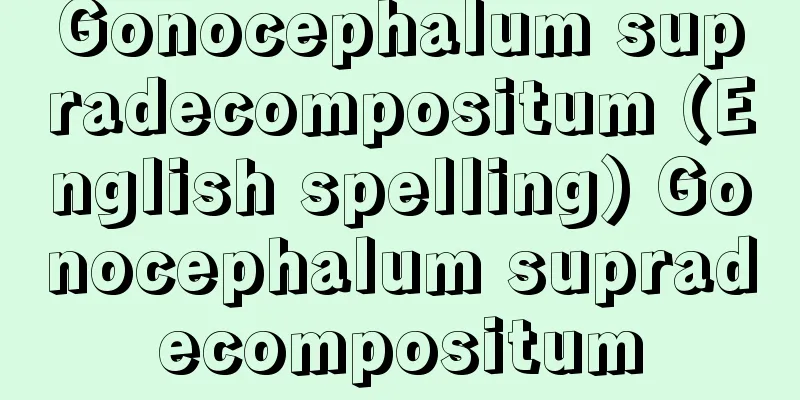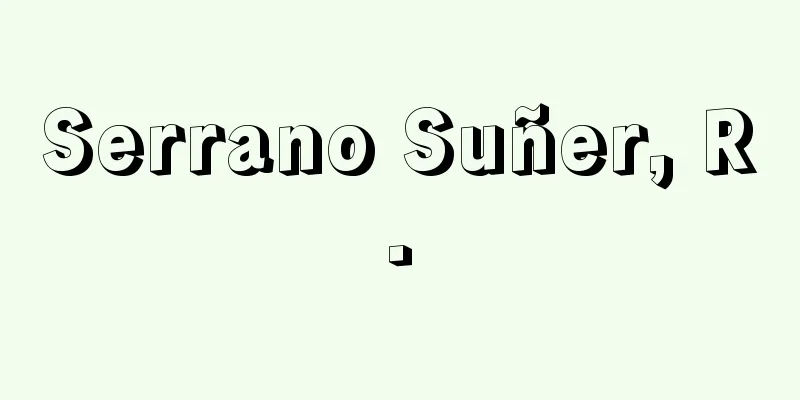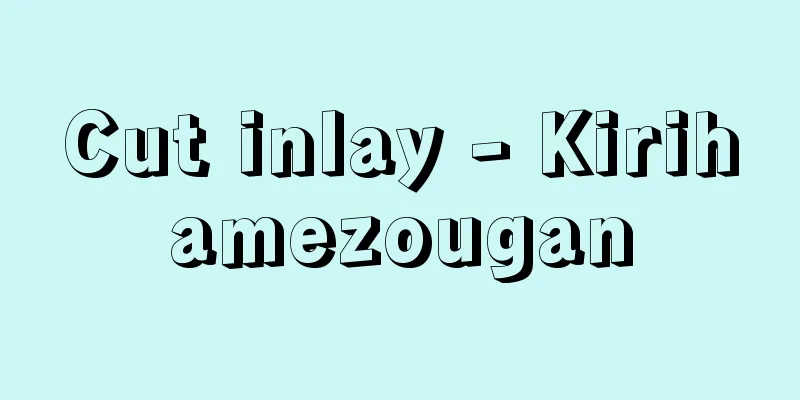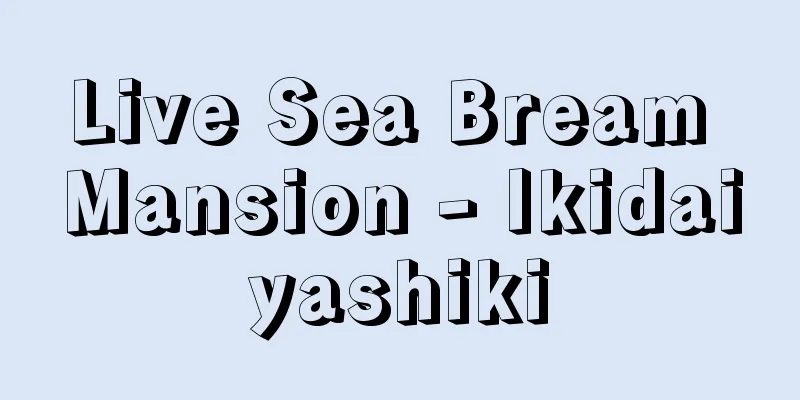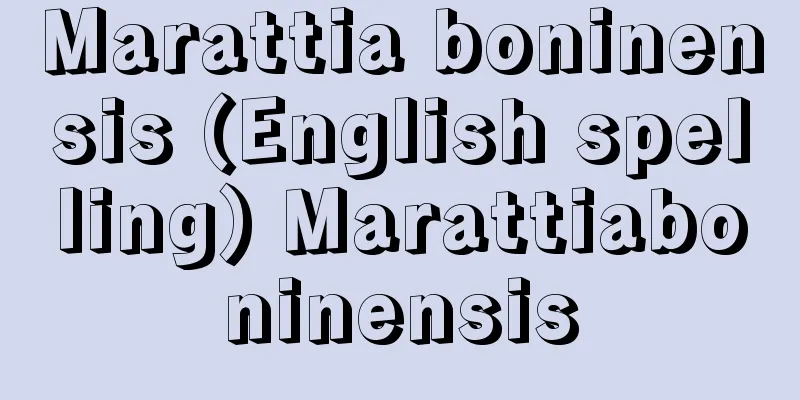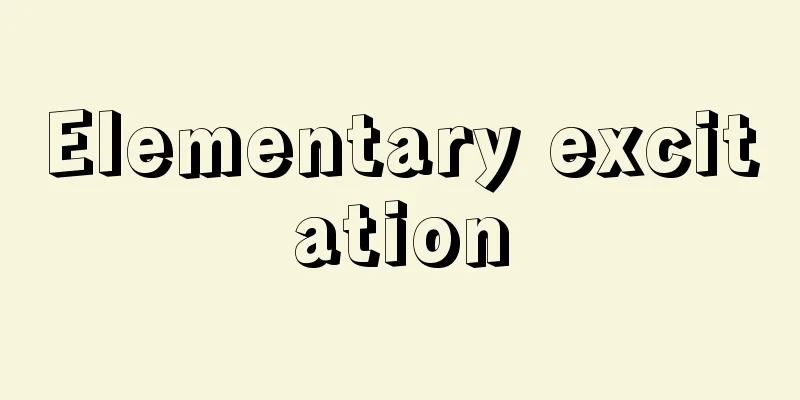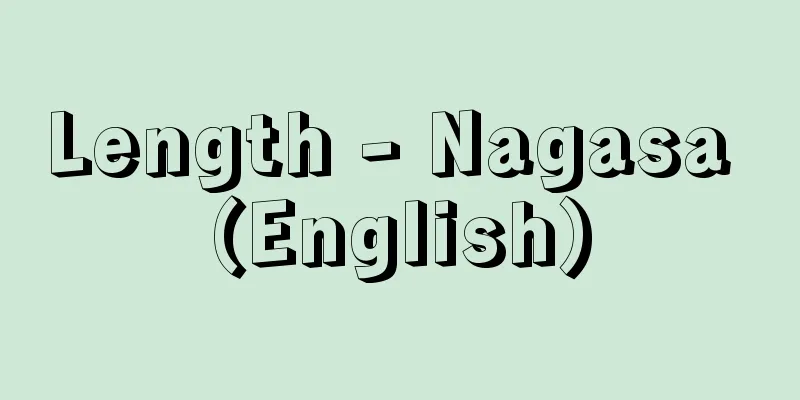Spinal cord injury
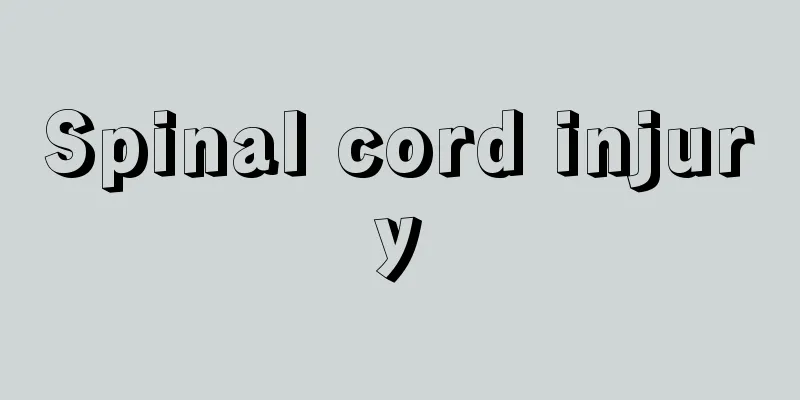
What is the disease? The spinal cord is the central nervous system that connects the brain to the body, and damage to this area is called spinal cord injury. When the spinal cord is damaged, information from the brain is no longer transmitted accurately, resulting in significant impairment of motor, sensory, and autonomic nerve functions below the affected area. What is the cause?The majority of cases are caused by high-energy trauma such as traffic accidents and falls from heights. In younger people, sports injuries while diving or playing rugby are more common, while in older people, falls are more common. How symptoms manifestSymptoms vary greatly depending on the level (location) of the spinal cord and the extent of the damage. Regarding the location, the spinal cord below the damaged area will become paralyzed, so the closer the location is to the brain, the wider the area will be. The severity of the injury ranges from a complete type, where commands from the brain are completely blocked and movement is impossible, to an incomplete type, where some function remains in the damaged area (such as slight muscle weakness). Not only are motor and sensory functions impaired, but the autonomic nervous system is also impaired, which can cause problems with urination, defecation, breathing, and blood pressure regulation. Testing and diagnosisThe level and extent of spinal cord damage will be determined based on the extent of sensory impairment and muscle paralysis in the upper limbs, trunk, and lower limbs, and abnormalities in tendon reflexes. If there is bone damage or dislocation, the location of the damage can be diagnosed with a plain X-ray or CT scan. An MRI scan is suitable for determining the degree of compression of the spinal cord. Treatment methodsUnlike bones and skin, the spinal cord and nerves are tissues with poor regenerative abilities, and if completely damaged, they rarely regain their function. For this reason, acute treatment focuses on repairing and stabilizing the damaged spine (bones) so that rehabilitation can be undertaken as soon as possible. If the injured spine is unstable, braces and surgery are required because movement may cause further paralysis. The purpose of surgery is to stabilize the injured area, allowing rehabilitation to begin sooner. If the injury is in the cervical spine, respiratory problems, low blood pressure, and bradycardia may occur, and care in an intensive care unit (ICU) may be required. Treatment for damaged spinal cord and nerves is still in the basic research stage, and further developments are expected in the future. What to do if you notice an illnessIf spinal cord injury is suspected, the patient must be transported to a specialized hospital immediately. The injured area should be kept as still as possible, and the patient should be transported lying down. If necessary, the patient should be seen at a hospital with a specialist as soon as possible. The department to be visited should be orthopedics or neurosurgery. Emergency medical centers often liaise with these doctors to provide treatment, so it is best to call an ambulance and have them transfer you to the emergency medical center. Hiromitsu Toyoda and Hiroaki Nakamura Source: Houken “Sixth Edition Family Medicine Encyclopedia” Information about the Sixth Edition Family Medicine Encyclopedia |
どんな病気か 脊髄とは、脳と体をつなぐ中枢神経のことであり、この部位の損傷を脊髄損傷といいます。主として大きな外傷を受け、 脊髄に損傷があると、脳からの情報が正確に伝わらなくなり、障害部位以下の運動、知覚機能、自立神経が著しく障害されます。 原因は何か交通事故や高所からの転落事故などの高エネルギー外傷が原因の大半を占めます。若年層では、ダイビングやラグビー中のスポーツ外傷、高年齢層では転倒による頻度が多くなっています。 症状の現れ方脊髄のどのレベル(部位)で、どの程度の障害を受けたかで症状は大きく変わってきます。部位に関しては、損傷を受けた部位以下の脊髄が麻痺症状を起こすため、部位が脳に近いほど麻痺する部位は広範囲となります。 程度に関しては、脳からの命令が完全に伝わらなくなって動きがなくなる完全型から、損傷部位に一部機能が残存している不完全型(少し筋力が弱くなるなど)があります。運動、知覚機能の障害だけではなく自律神経にも障害が及ぶため、排尿、排便、呼吸、血圧調節機能に障害が生じることがあります。 検査と診断上肢・体幹・下肢の知覚障害や筋力麻痺の範囲や腱反射の異常から、脊髄障害が起こっているレベルとその程度を調べます。骨の傷害や脱臼がある場合は、単純X線検査やCT検査で障害部位の診断が可能です。脊髄に対する圧迫の程度をみるためにはMRI検査が適しています。 治療の方法脊髄や神経は、骨や皮膚とは異なり再生能力の乏しい組織であり、完全に損傷された場合には再び機能を取り戻して修復されることはほとんどありません。このため、急性期の治療は、損傷した脊椎(骨)を修復し、安定させ、早期にリハビリテーションが受けられるようにすることが主体となります。 損傷を受けた脊椎が不安定である場合には、体を動かすことで麻痺範囲がさらに広がる恐れがあるため装具や手術が必要となります。手術の目的は損傷部位を安定化させることであり、リハビリテーションを早期に開始することができます。障害部位が頸椎の場合は、呼吸障害、低血圧、徐脈などが生じ、集中治療室(ICU)での管理が必要となる場合があります。 損傷した脊髄・神経の治療はいまだ基礎研究の段階であり、今後のさらなる発展が望まれます。 病気に気づいたらどうする脊髄損傷が疑われた場合には、すみやかに専門病院への搬送が必要です。損傷部をできるだけ動かさないように注意し、寝かせた状態で搬送します。受診する場合は、できれば専門医のいる病院を早期に受診するべきです。受診する科は整形外科か脳神経外科です。 救命救急センターでは、これらの医師と連絡をとって治療にあたることが多いので、救急車を呼び、救命救急センターへ転送してもらうのがよいと思われます。 豊田 宏光, 中村 博亮 出典 法研「六訂版 家庭医学大全科」六訂版 家庭医学大全科について 情報 |
<<: Sekisui House Co., Ltd. - Sekisui House
Recommend
Key-horned wasps - Key-horned wasps
…The hosts they choose are often those that live ...
Two rivers white road
This parable uses two rivers, one of water and on...
Georgette
A colloquial name for Georgette Crêpe (French). A...
Reserve Self-Defense Forces Officer
Retired SDF personnel who are obligated to serve ...
Thumb sucking - ゆびしゃぶり (English spelling) thumb sucking
Thumb sucking often begins after 4-5 months of age...
growth movement
…All of these movements are characterized by bein...
Sailor suit - Sailor fuku
In Japan, the term can mean either a sailor blouse...
Object Relational
...Databases will be object-based. The current ma...
Usa Hachiman Shrine Oracle Incident - Usa Hachiman Shrine Oracle Incident
An incident during the Nara period in which Dokyo ...
Nobumasa Okudaira
Year of death: Genna 1.3.14 (1615.4.11) Year of bi...
Reincken, JA (English spelling)
...In northern Germany, Arp Schnitger produced th...
Right to remain silent
It means that a suspect or defendant is not oblig...
O'Grady, SJ
...In other words, it is a movement that emphasiz...
Lam, W. (English spelling) LamW
…The activities of the exile group in New York du...
Ereshkigal (English spelling)
Also known as Aratsu, she is the queen of the unde...
